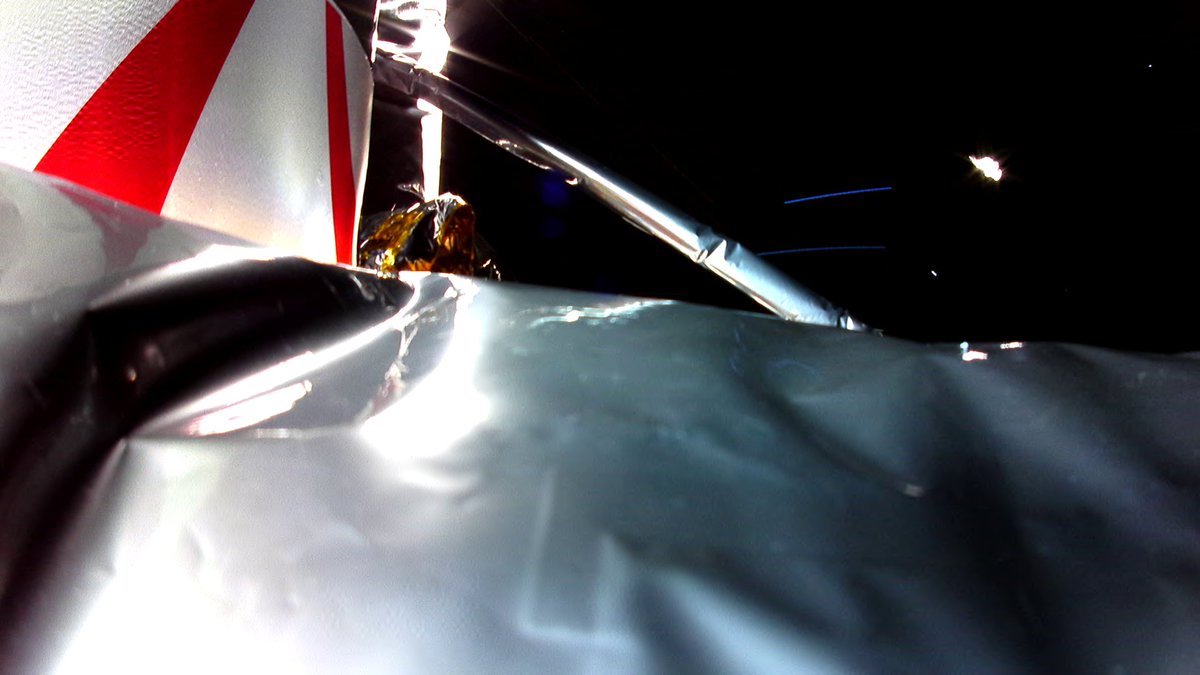Astrobotic Heeds Recommendations from Experts and Government Agencies to Safely Dispose of the Peregrine Spacecraft After Propellant Leak Renders Lunar Landing Impossible
Bengaluru, NFAPost: In an unexpected turn of events, Astrobotic’s ambitious lunar mission with the Peregrine spacecraft has come to a premature end, as the company announces the intentional destruction of the lander due to a major propellant leak. The decision, based on recommendations from government agencies and space experts, aims to prevent the spacecraft from becoming a potential collision hazard for future missions.
Launched from Florida on a Vulcan rocket, the Peregrine craft faced challenges shortly after liftoff, leading to the unfortunate conclusion that a lunar landing was no longer feasible. The root cause was identified as a leaking oxidizer tank, impacting the craft’s stability and power supply.
Despite setbacks, Astrobotic engineers demonstrated resilience by successfully diagnosing and extending the life of the lander. The team managed to activate several payloads on the spacecraft, providing valuable data that will inform and enhance future missions. Notably, the Peregrine Ion Trap Mass Spectrometer (PITMS) gathered crucial information on the radiation environment between Earth and the Moon.
While Astrobotic acknowledges the disappointment of the Peregrine Lunar Mission, attention now shifts to upcoming lunar ventures, including collaboration with Intuitive Machines and Firefly on six lunar surface missions planned for 2024. Astrobotic remains committed to its ultimate goal of landing on the Moon, with future missions, including a NASA rover named Viper, poised to contribute to lunar exploration.
In the company’s 20th mission update, Astrobotic states, “Peregrine has been operating in space for 9 days and 16 hours. It is 139,000 miles (223,700 km) from Earth. We expect re-entry to occur at approximately 4 pm Thursday, January 18 (US Eastern time).” Despite the mission’s unforeseen conclusion, Astrobotic remains a key player in advancing lunar exploration and contributing to the broader scientific understanding of our celestial neighbours.





